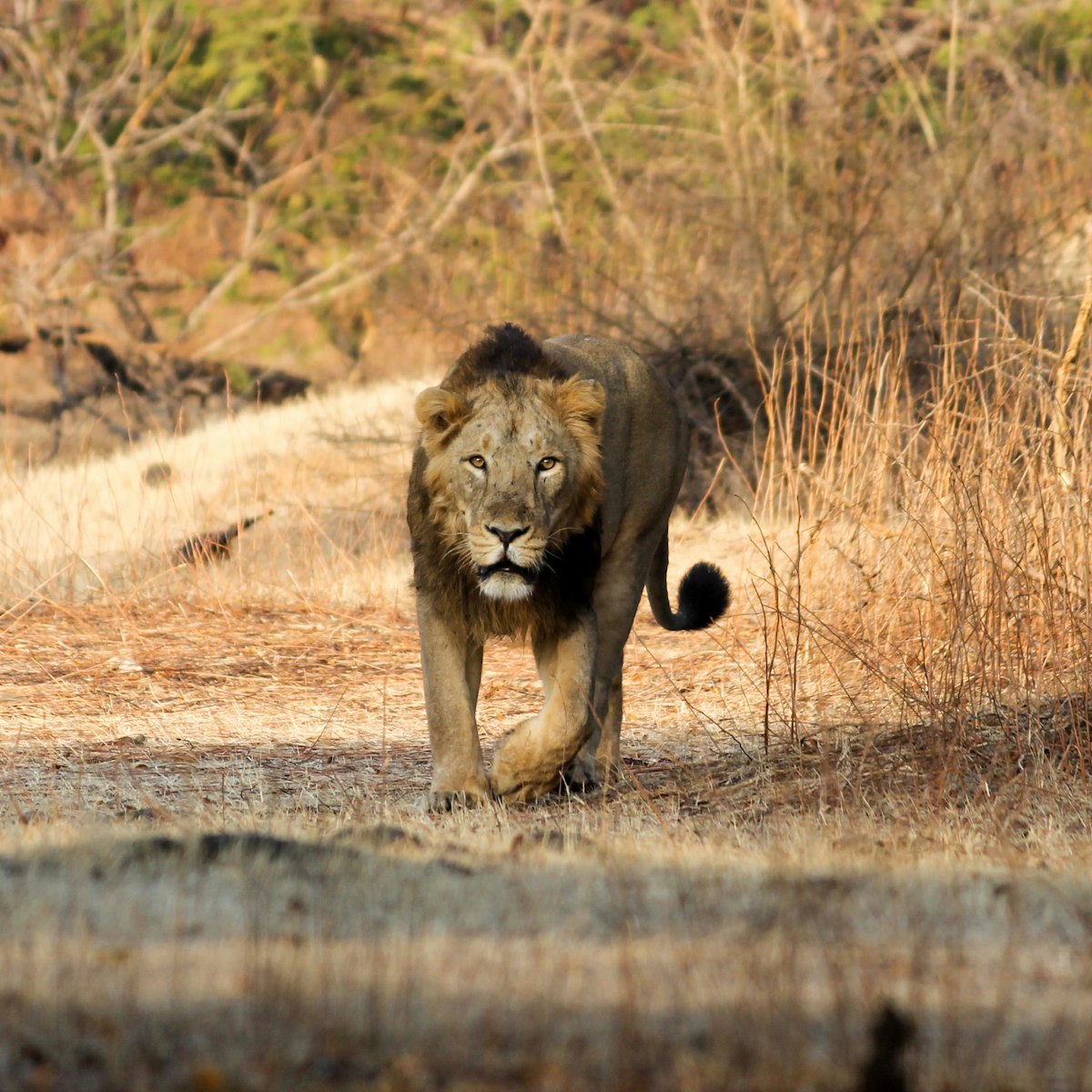This sacred mountain, rising dramatically from the plains, is covered with Jain and Hindu temples and is a major pilgrimage site. However, as with any good pilgrimage, getting to the temples isn't easy. Pilgrims are faced with a long, steep climb up 10,000 stone steps to the summit. If you want to join them, be prepared to spend a full day walking to get to the uppermost temples.
The Jain temples, a cluster of mosaic-decorated domes interspersed with elaborate stupas, are about two-thirds of the way up. The largest and oldest is the 12th-century Temple of Neminath, dedicated to the 22nd tirthankar (Jain teacher): go through the first left-hand doorway after the first gate. Many temples are locked from around 11am to 3pm, but this one is open all day. The nearby triple Temple of Mallinath, dedicated to the ninth tirthankar, was erected in 1177 by two brothers. During festivals this temple is a sadhu (ascetic) magnet.
Further up are various Hindu temples. The first peak is topped by the Temple of Amba Mata, where newlyweds worship to ensure a happy marriage. Beyond here there's quite a lot of down as well as up to reach the other four peaks and further temples. The Temple of Gorakhnath is perched on Gujarat’s highest peak at 1117m. The steep peak Dattatraya is topped by a shrine to a three-faced incarnation of Vishnu. Atop the final outcrop, Kalika, is a shrine to the goddess Kali.
The trail begins 4km east of the city at Girnar Taleti; an autorickshaw from town costs ₹100. Refreshment stalls on the ascent sell chalk, so that you can graffiti your name on the rocks. If you can’t face the walk, dholis (chairs) carried by porters cost ₹4000 (return) if you weigh between 50kg and 70kg, and ₹4500 for heavier passengers. If your weight range isn’t obvious, you'll suffer the indignity of being weighed on a huge beam scale before setting off. (The majority of people milling around at the bottom of the hill have no intention of walking all the way to the top, and many just walk a few hundred metres before returning.)
Note that while photography is permitted on the trail, it’s not allowed inside the temples.
The Bhavnath Mela, over five days in the month of Magha, brings folk music, dancing and throngs of nagas (naked sadhus) to Bhavnath Mahadev Temple at Girnar Taleti. It marks the time when Shiva is believed to have danced his cosmic dance of destruction.
In the next few years the ascent of Girnar Hill is set to become much easier: a cable car that will whisk pilgrims to the top is under construction.




